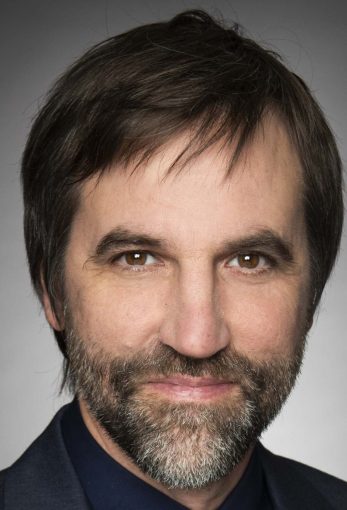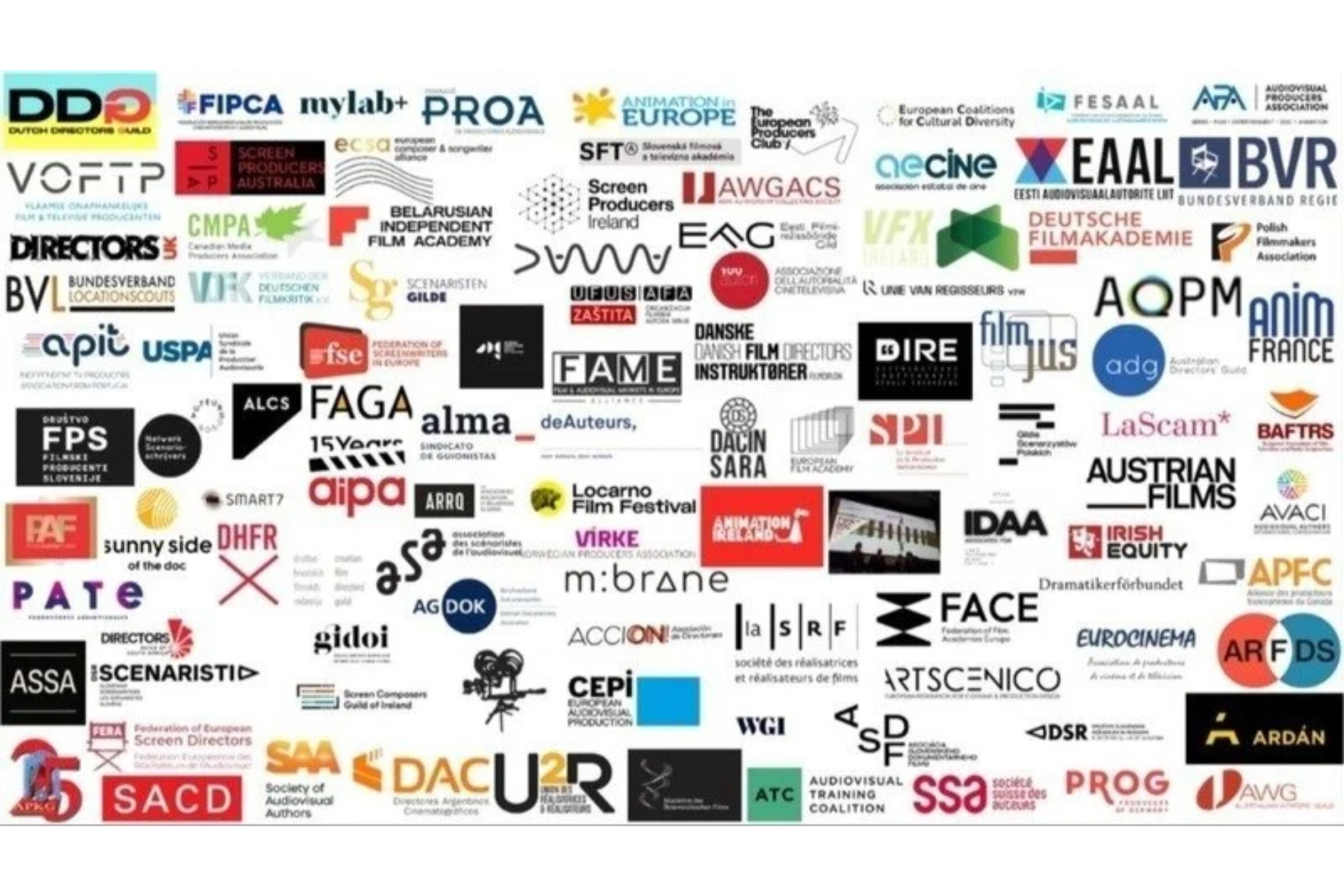
CFFF changes in works
Montreal: Guideline changes are underway for the second year of operations for the $100-million Canada Feature Film Fund that could have a significant impact on the coveted performance-based envelopes. Telefilm Canada says it has recommended holding the envelopes at 50% for 2002/03, and raising it to 60% in 2003/04.
A joint Telefilm-CFFF advisory group committee will review the issue at a meeting in February, says Johanne St-Arnauld, Telefilm director, international relations. Both the CFTPA and APFTQ producer associations are also recommending holding the performance component at 50%, although individual advisory group members believe the share should grow if the 5% box-office target – the CFFF’s key policy goal – is to be achieved. In distribution, the performance component in 2001/02 was 85%.
Another major change in the works is a recommendation to give broadcast-affiliate producers access to a maximum of one-third of the CFFF’s performance (production only) envelope. The performance component now includes an expanded list of qualifying production companies, and Telefilm says a producer’s recoupment record will be integrated into the performance calculation in the future.

Coproduction scene heats up
Montreal: With European coproduction taking on a broader EU profile and producers and distributors looking for more commercially viable product, the market is ripe for Canada to make a concerted effort in Europe, both in terms of public agencies and producers. That was the key message to come out of Immersion 2001: Europe, a five-day feature film networking event held in Paris in late November, and by all accounts the most successful of the Immersion programs organized by Telefilm Canada in the past seven years.
In 2001, Telefilm certified 98 international film and TV coproduction projects with combined budgets of $668.2 million, about 15% less in dollar terms than the 98 projects worth $778.9 million coproduced in 2000. The Canadian share of financing in 2001 is $383.5 million, or 57%, while spending stands at $339.2 million, or 51%.

100 Days in the Jungle: dramatic terrain
Snakes, mud and natural disasters best describe the conditions endured throughout the production of 100 Days in the Jungle, a very ambitious MOW for CTV coproduced by Edmonton’s ImagiNation Productions and Vancouver’s Sextant Entertainment Group.

Will PVRs be a boon to spot production?
On a recent trip to Los Angles, Rob Guenette, the newly appointed president and chief executive officer of Toronto-based Wolf Group, was struck by the vibrancy and range of advertising in every corner of the city. It got him thinking about the supposed death of traditional media, which at the centre of the media universe appeared to be alive and well.
‘I thought, wait a minute, why is everybody predicting the death of 30-second TV? Other than the hype and a lot of talk – rhetoric in come cases – I don’t see where 30-second TV is dying.’
Indeed, while the advent of new technologies, particularly the personal video recorder, has spurred some to declare traditional commercial spots all but dead, there is growing and strong opinion that, in fact, the opposite will occur: that the PVR could turn out to be a boon to commercial production.
Central to this logic is the notion that PVRs such as one offered by Bell ExpressVu in Canada will attract significantly greater numbers of viewers to television as a whole.

Canadian prodcos stay ahead by thinking global
Although 2001 was largely unspectacular in the commercial production industry, with cutbacks to advertising budgets and general slowness, it certainly appeared to be a plum time for spot shops to do a little recruiting abroad.

Canadians find synergies with the lands Down Under
James Weyman is acting director of Skills Development and Marketing Initiatives at the Ontario Media Development Corporation.

2002: the year of the coproduction
With little in the way of industry news unfolding over the holidays while our broadcasting execs, producers et al were vacationing south of the border, despite the poor exchange rate, I’m still thinking about the anti-runaway production issue that inspired at least one U.S. campaigner to make a public parallel between Canada and Osama Bin Laden. The anti-Canada campaign, fully equipped with party-line rhetoric and statistics, couldn’t seem more inappropriately timed, but then propaganda seems to serve its perpetrators best in moments of strife.

Jump Cuts
New Category 2 apps

Correction
Daniel Villeneuve is the HD cinematographer on Galidor, not Daniel Vincelette as stated in the Nov. 26 p. 1 story ‘Production software opens vistas on Galidor.’

Of digitals, PVRs and audience profiling
The pieces of the puzzle are beginning to fall into place.

Studio expansion in Montreal
Montreal: Three Montreal studio groups have announced major expansion plans.
Construction is underway on Mel’s Cite du Cinema III, a four-studio facility adjacent to the south-central Mel’s Cite du Cinema and Technoparc facilities.
The expansion, an $11-million private investment by partners Mel Hoppenheim and Michel Trudel, will bring the total number of Cite du Cinema soundstages to 13, the largest being Studio H at 37,000 square feet. Cite du Cinema III will house four fully soundproofed soundstages, two at 15,000 square feet and two at 10,000 square feet, the fourth with 50-foot clearance, as well as production offices and areas for makeup and wardrobe. The new facility will also house a 24,000-square-foot lighting department operated by film equipment rental company Location Michel Trudel.

Spotlight
Sales agency hopes to mine U.S. productions

Shots & Chasers – ‘Boring’ gig for Galloway
Circle Productions

People
* Louise Clements has been appointed VP, market development for Bell Globemedia. She was previously VP of sales and e-commerce for Sympatico-Lycos.

Revolving Doors – Industry rocks; Preger steps up
Toronto’s Industry Films has signed the roster from L.A.’s Rock Fight to an exclusive Canadian representation agreement, taking on spot directors Pep Bosch and Craig Champion and music video directing teams James and Alex and Blue Source (Rob Leggatt and Leigh Marling).




 The definitive CDN broadcast and production resource.
The definitive CDN broadcast and production resource.










